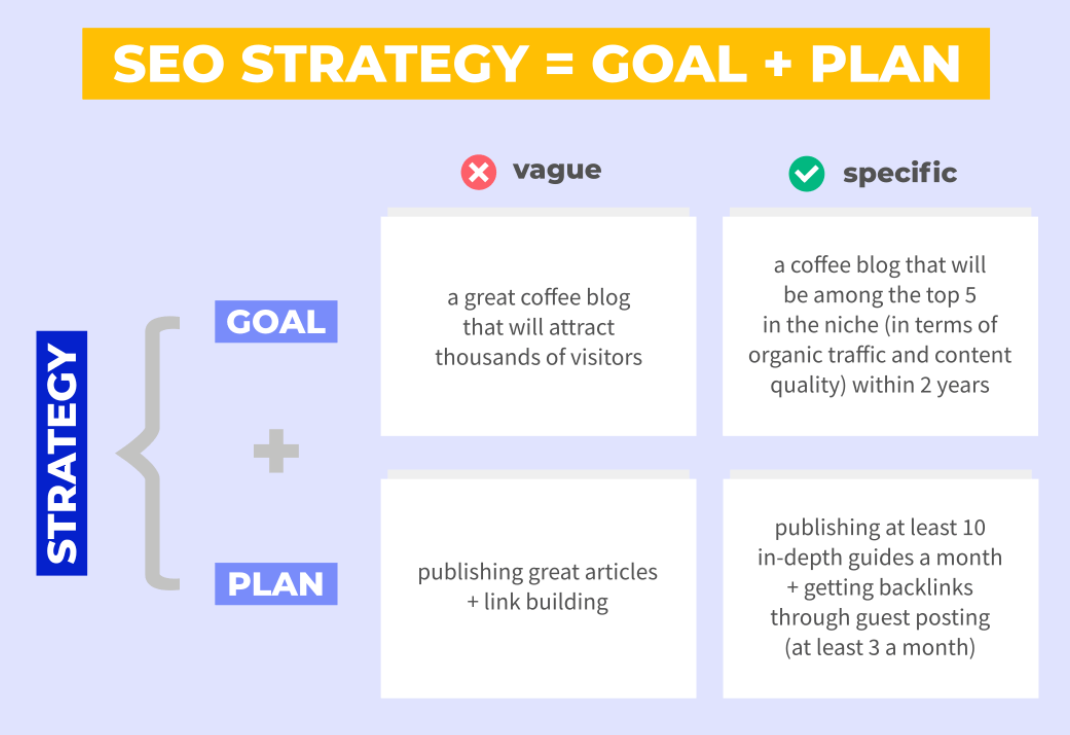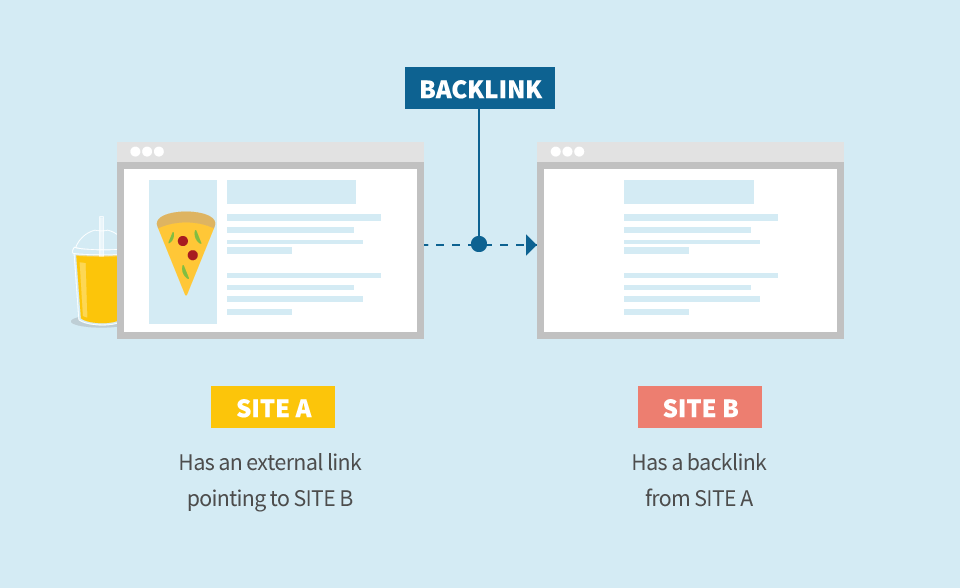Google announced that in the near future it will begin to officially take into account user experience metrics in the ranking.
The search engine has announced a new Page Experience signal that combines Core Web Vitals with existing UX signals to provide a holistic picture of the quality of the user experience on the web page.
As part of the update, Google will also embed UX metrics in the ranking criteria for the Top News feature in mobile search and will remove the requirement to use AMP to display content in these blocks.
In doing so, Google will continue to support AMP and link to accelerated pages when appropriate.
Core Web Vitals

The company has also updated developer tools to help website owners optimize their user experience on web pages.
Launch dates
Google understands that many site owners are currently preoccupied with the consequences of the COVID-19 epidemic, so the announced ranking changes will not be launched until 2021.
At the same time, Google will warn webmasters about this at least six months before launch.
The search engine has already provided the webmasters with the tools that will help them get an idea of these indicators and optimize them, but there is no urgent need to take any measures at the moment.
What is Page Experience?
According to official Google documentation, Page Experience is a set of signals that show how users perceive interacting with a page beyond its informational value.
This signal combines Core Web Vitals (a set of metrics that measure the user experience on a page based on criteria such as download performance, interactivity, and visual stability ) and metrics such as mobile-friendliness, Safe Browsing, HTTP and recommendations for intrusive interstitial ads.
Google believes that optimizing for these factors makes the Internet more attractive to users across all web browsers and helps sites develop in accordance with the expectations of mobile device users.
More metrics of this kind in the future
Google also noted that they continue to work on defining and measuring various aspects of user experience with pages. In this regard, the company plans to build more of these signals on an annual basis – in accordance with the growing expectations of users and the expansion of those aspects of UX that can be measured.
Google tools to optimize for these factors
To help webmasters optimize their resources in connection with the upcoming changes, Google has already updated popular developer tools, such as Lighthouse and PageSpeed Insights. Now they also contain information about Core Web Vitals.
Google also provided an appropriate report to the Search Console, which replaced the report on download speed. The new report is called “Key Internet Indicators.”
Google engineers are currently working to add Core Web Vitals to other tools offered by the company.
Ranking after the introduction of a new signal
Although all components of Page Experience are important, Google will give priority to pages with “best information in general”, even if some aspects of the user experience with the page are low.
According to Google, a good Page Experience is no more important than having quality relevant content. However, in cases where there are several pages with the same content, Page Experience becomes more important for search visibility.
Google hopes that by incorporating new signals into the search, they will help make the Internet better for everyone.
Recall that the search engine first introduced a set of Core Web Vitals metrics earlier this month.









